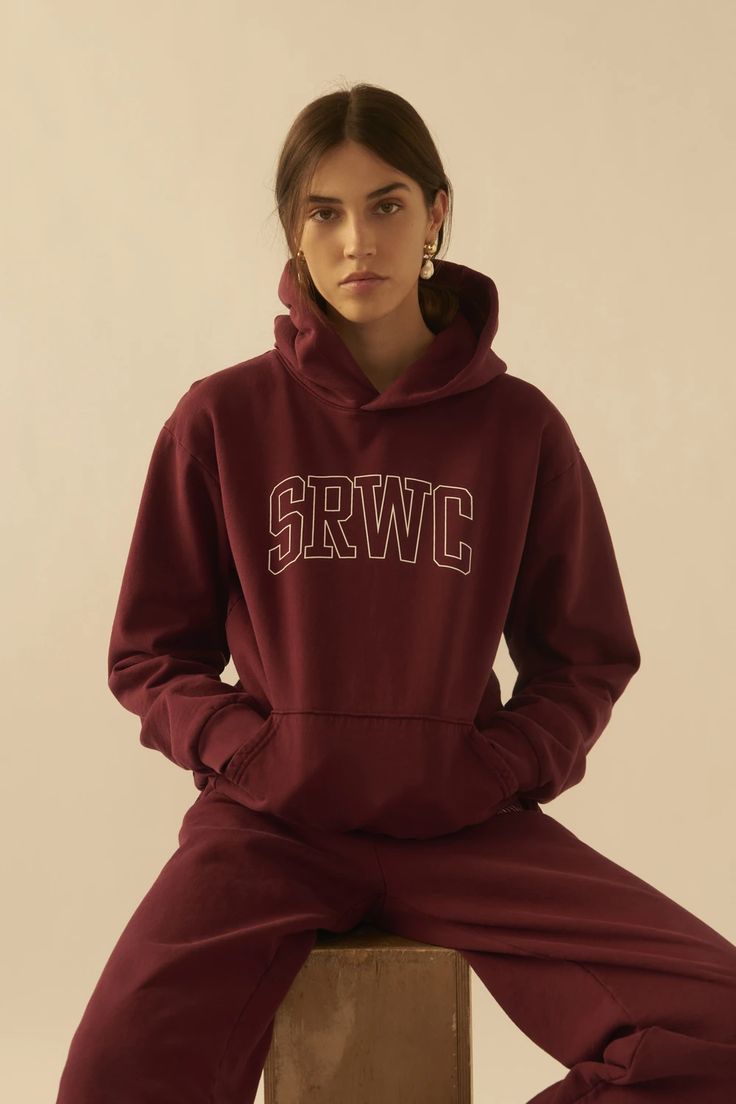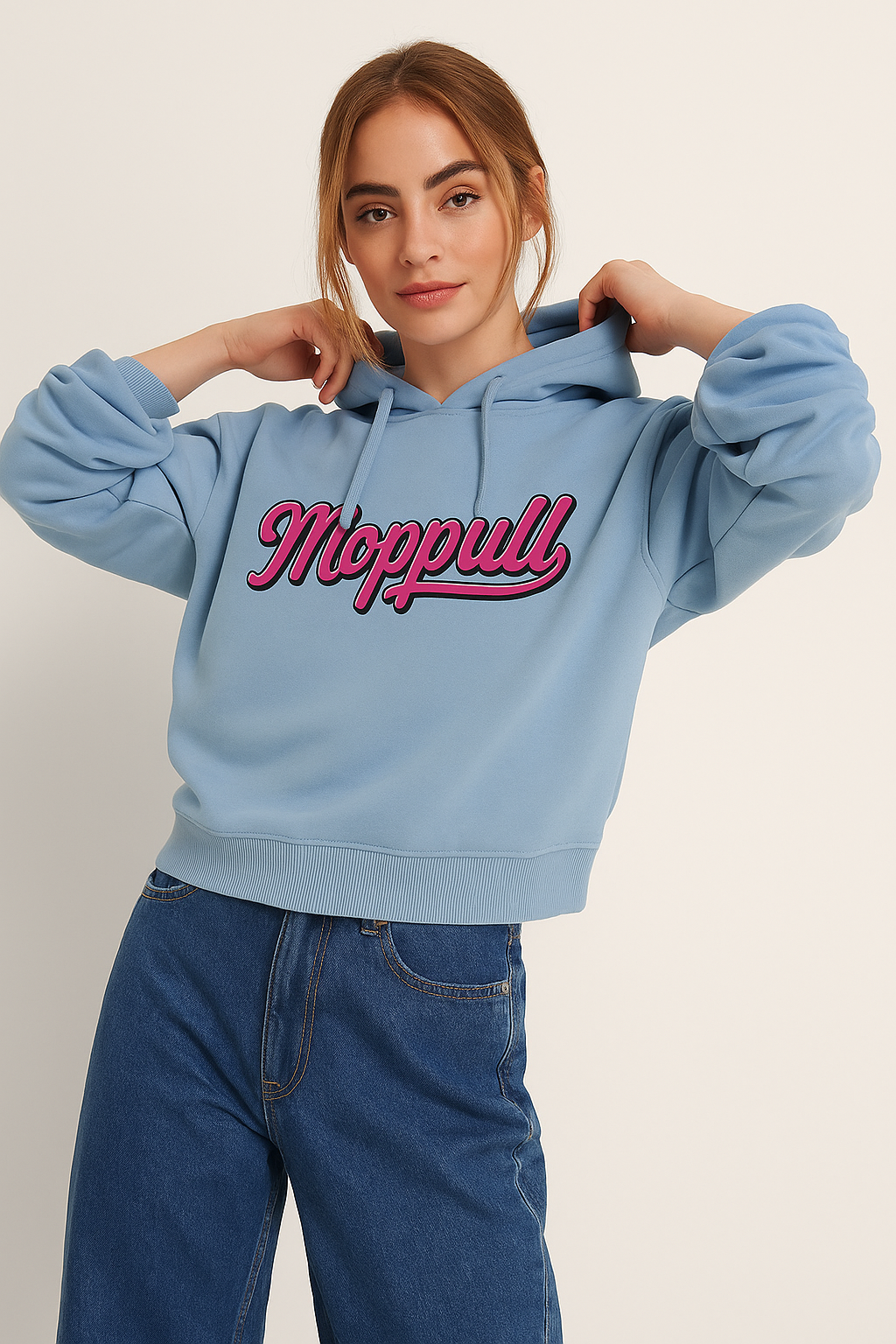No products in the cart.: $0.00
Redefining Fashion 2025: Where Confidence Meets Creativity

Introduction
As we step into 2025, fashion no longer serves as a simple medium for covering the body or keeping pace with fleeting trends. It has matured into a powerful language—one that articulates self-assurance, bold originality, and personal truth. The style revolution currently underway blurs the lines between art and utility, tradition and innovation. This shift is not only transforming wardrobes but also reshaping global attitudes toward dress, identity, and sustainability. In this article, we explore how confidence and creativity are merging to rewrite the rules of fashion in 2025.
The Evolution of Personal Style in the Modern Age
Gone are the days when fashion was dictated solely by designers and fashion houses. In 2025, self-expression takes precedence. Consumers are no longer passive recipients of seasonal collections—they are active participants in the fashion conversation. From custom-made garments to DIY embellishments, people are crafting their identities through clothing with unprecedented freedom. This transformation is fueled by social platforms, where individual expression is amplified and celebrated globally. Streetwear now competes with haute couture, and mixing vintage with futuristic elements is a common practice.
Confidence as the New Luxury
The fashion industry has reached a point where self-assurance and authenticity are considered the ultimate status symbols. The confidence to wear what makes you feel empowered—whether it’s a gender-neutral silhouette, bold patterns, or reimagined classics—has become more desirable than any logo or label. In 2025, designers are not just selling clothing; they are promoting a sense of pride and inner strength. Brands are focusing more on storytelling, showcasing real people with diverse backgrounds to reflect a more inclusive vision of beauty.
Creativity Fuels a New Wave of Innovation
Designers today are pushing boundaries like never before. In this era, creativity is less about shock value and more about solving real-world problems. Tech-infused textiles, biodegradable materials, and modular fashion pieces are becoming commonplace. Designers are collaborating with scientists, engineers, and artists to create garments that respond to temperature changes, monitor health, or change colors. These innovations are not only aesthetically captivating but also cater to the evolving needs of modern living. The convergence of function and imagination has never been more evident.
Sustainable Fashion Is No Longer Optional
The urgency of the climate crisis has elevated sustainable practices from niche considerations to mainstream imperatives. In 2025, eco-conscious design is embedded in every stage of fashion—from sourcing to production to post-consumer recycling. Transparency and traceability have become standard. Consumers demand to know where and how their clothes are made. Upcycling, garment repair services, and resale platforms are flourishing. Sustainability is not a compromise; it’s a creative opportunity that designers are embracing with vigor.
Diversity and Representation Redefine the Fashion Narrative
One of the most transformative aspects of fashion in 2025 is the industry’s commitment to representation. Inclusion is no longer a marketing tactic but a deeply rooted value. Runways, campaigns, and collaborations now showcase a broader spectrum of races, genders, body types, and abilities. This inclusivity enriches the fashion narrative and ensures that style is a space for everyone. The rise of independent designers from underrepresented communities adds depth and authenticity to the fashion ecosystem.
The Impact of Technology on Fashion Design and Retail
Technology continues to reshape the landscape of fashion, from digital design tools to augmented reality shopping experiences. Virtual fitting rooms allow customers to try before they buy, reducing returns and increasing satisfaction. 3D printing enables intricate designs and precise customization. Blockchain technology ensures authenticity and transparency in the supply chain. The integration of artificial intelligence in trend forecasting helps brands stay agile and responsive. These advancements create a seamless, personalized journey from conception to consumer.
Cultural Heritage as a Source of Inspiration
In 2025, many designers are revisiting their roots, weaving cultural heritage into modern creations. Traditional techniques and ancestral motifs are being revived and reinterpreted. This movement is more than a trend—it’s a celebration of identity, a homage to craftsmanship, and a reclamation of cultural narratives that were once overlooked. The interplay between the past and present gives rise to unique, emotionally resonant fashion statements that stand apart in a homogenized world.
Gender Fluidity and the Rise of Androgynous Fashion
Rigid gender norms are dissolving, making space for clothing that transcends traditional categories. Unisex collections and androgynous silhouettes are more than just a statement; they are reflections of a broader social movement toward freedom and equality. Designers are experimenting with form, fabric, and function to create attire that speaks to the human experience, rather than being confined by gender labels. In this inclusive environment, fashion becomes a tool for self-liberation.
Fashion as a Form of Mental Wellness
Increasingly, people are recognizing the connection between how they dress and how they feel. Clothing choices can influence mood, productivity, and confidence. In 2025, this awareness has given rise to mindful fashion—designs intended to uplift, calm, or energize. Colors, textures, and fits are selected not just for style but for their psychological effects. Capsule wardrobes and intentional dressing promote mental clarity and reduce decision fatigue, aligning with broader wellness trends.
Conclusion
Fashion in 2025 stands at a powerful intersection of confidence and creativity. It is no longer just about what’s trending, but about what’s meaningful, what’s personal, and what’s possible. This transformative era invites everyone to be both muse and maker, to wear clothes not just as decoration, but as declarations. With sustainability, inclusivity, and innovation guiding the path forward, the future of fashion is as bold and limitless as the individuals who define it. Welcome to a world where fashion is redefined—not by the runway, but by the spirit of those who dare to express themselves without boundaries.





